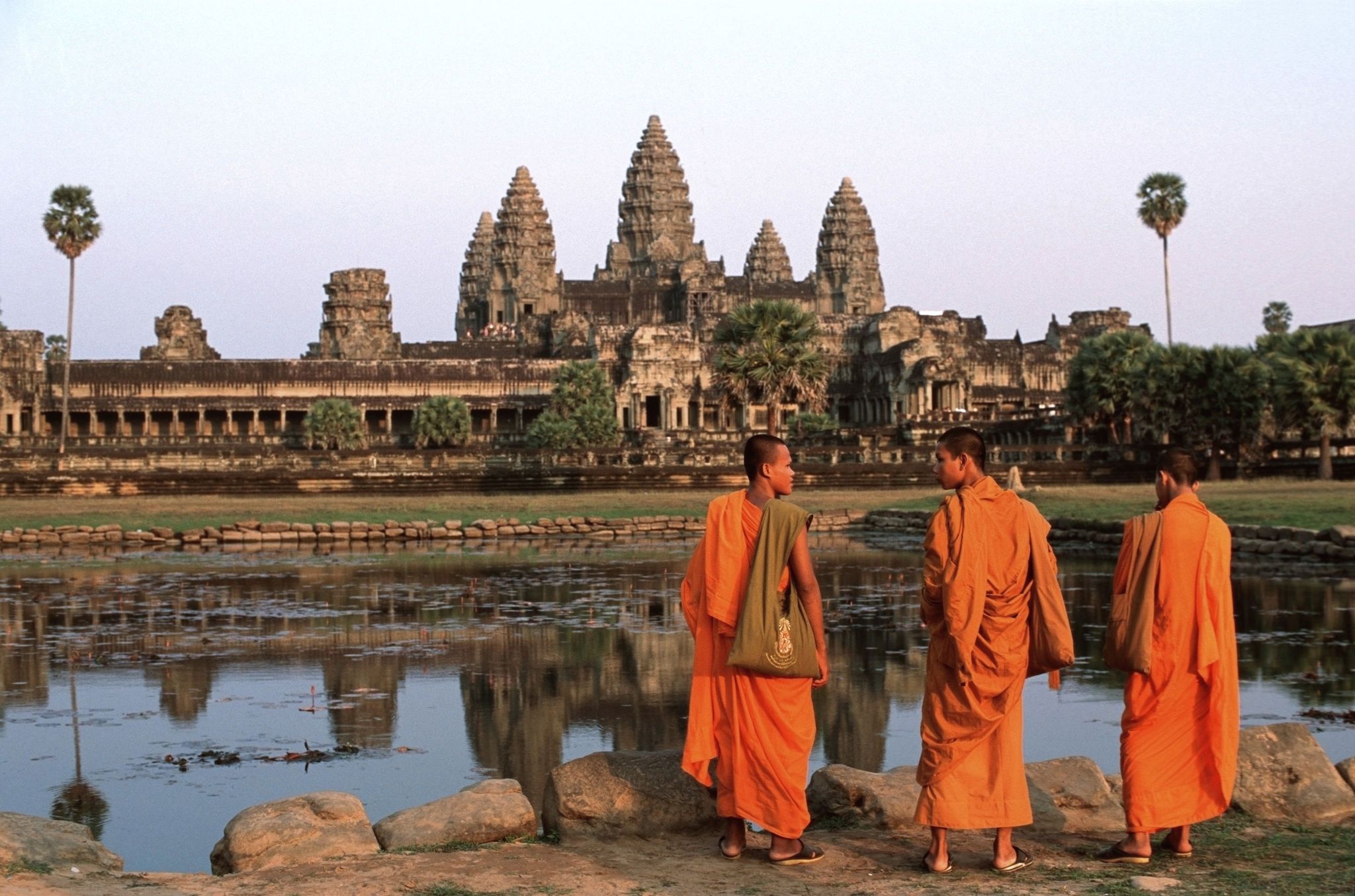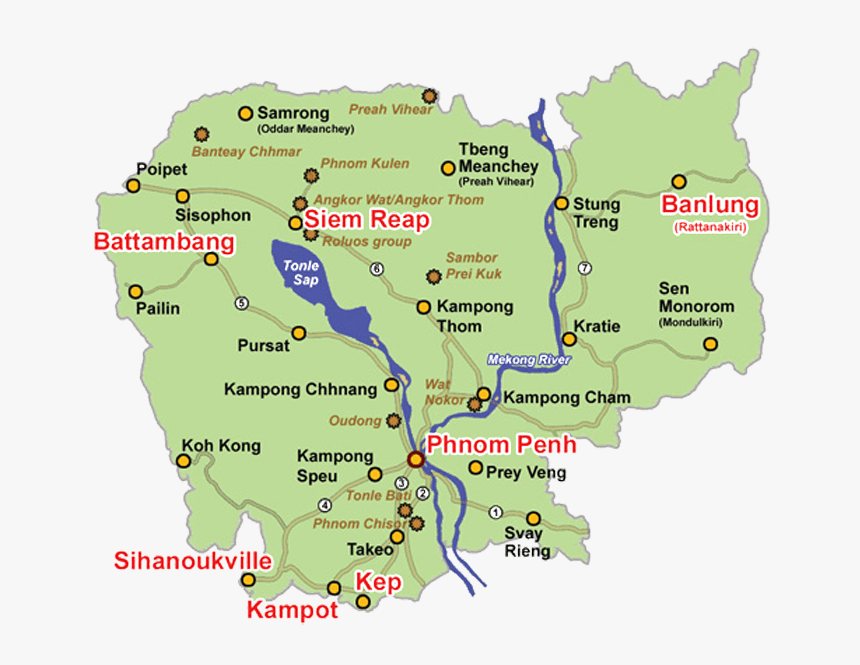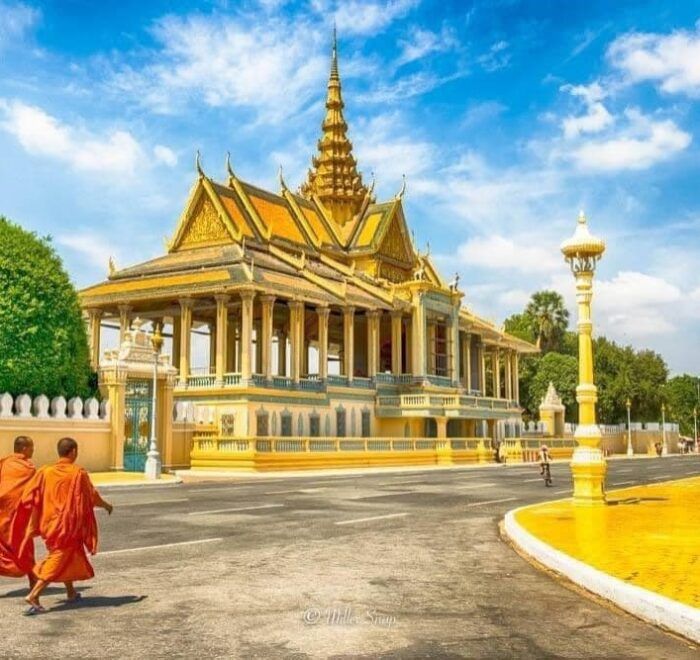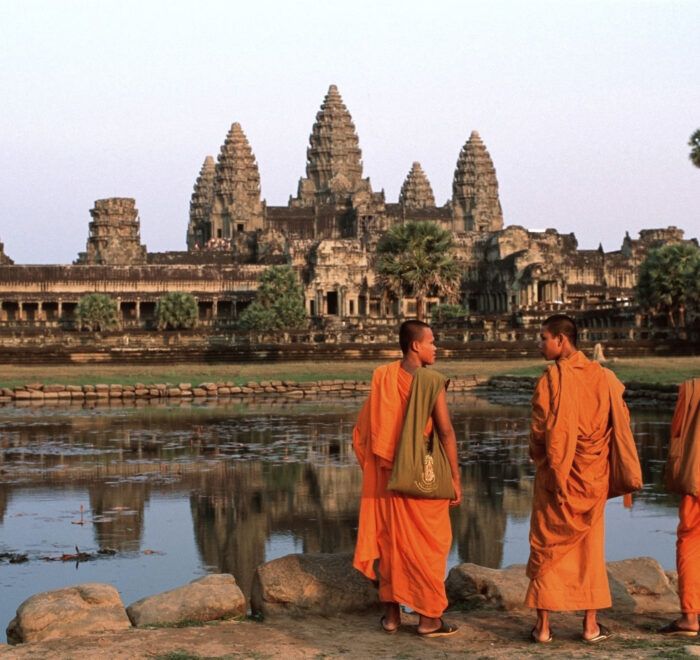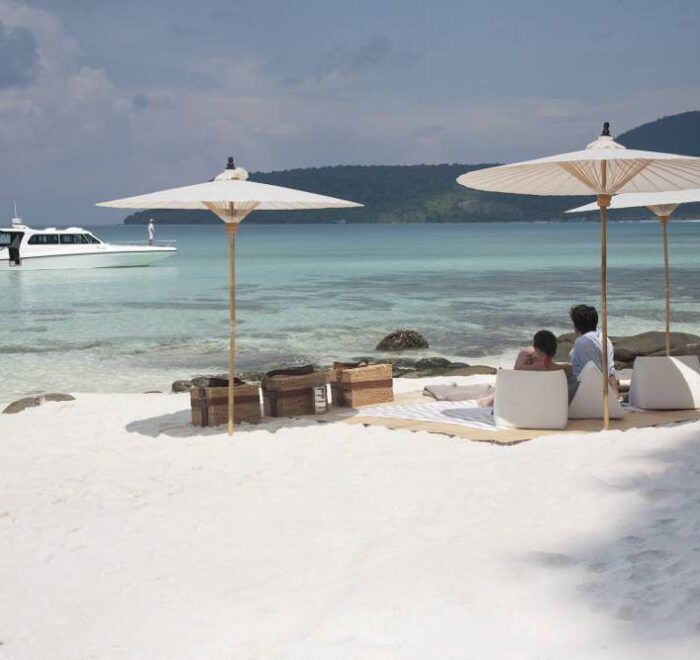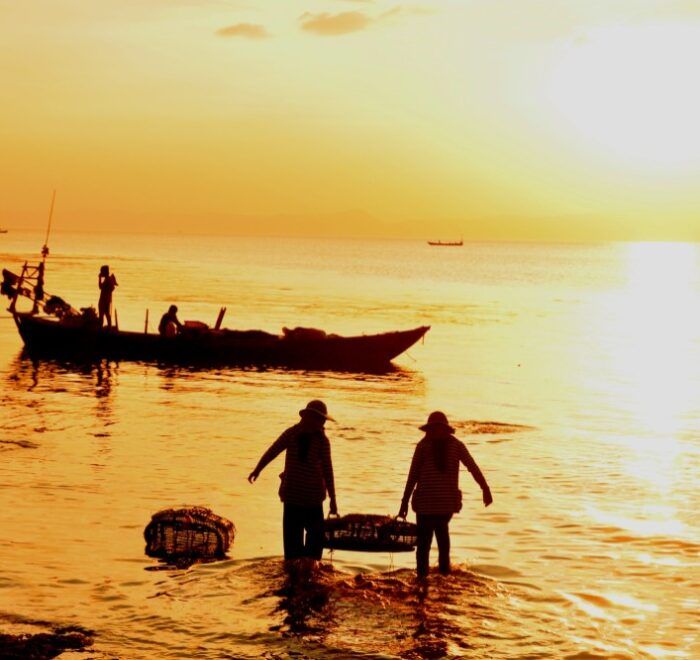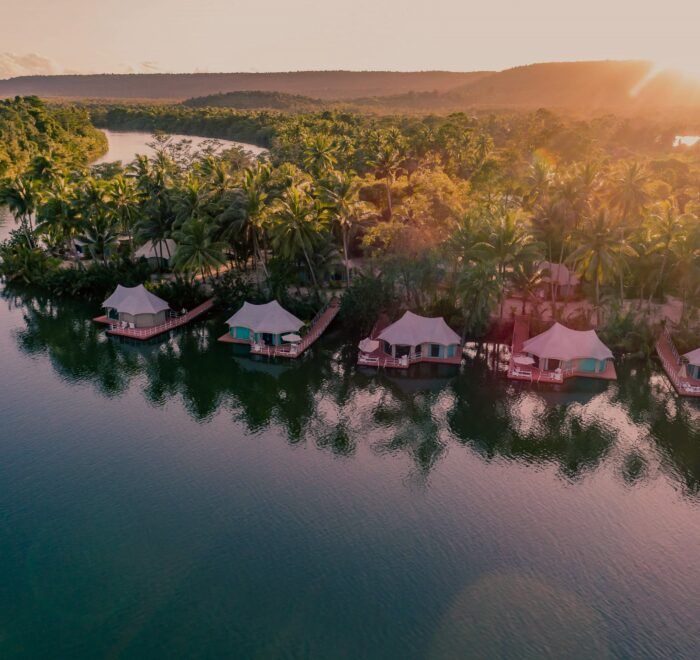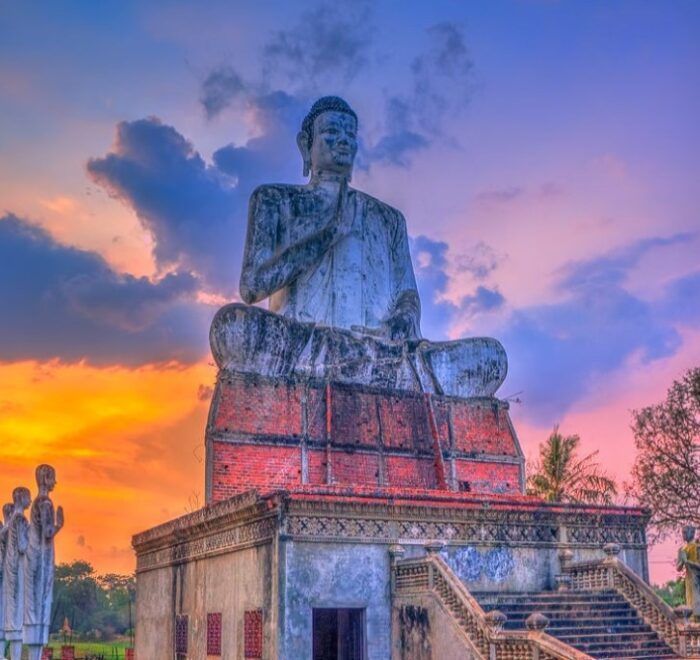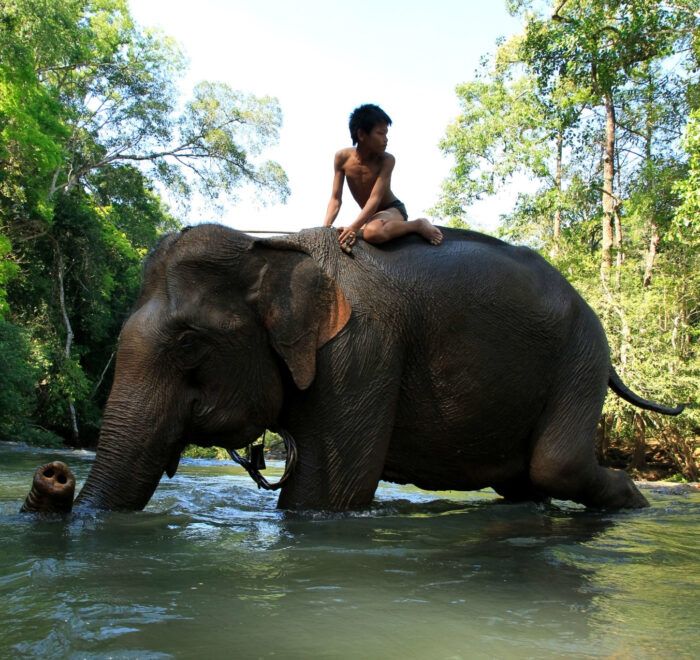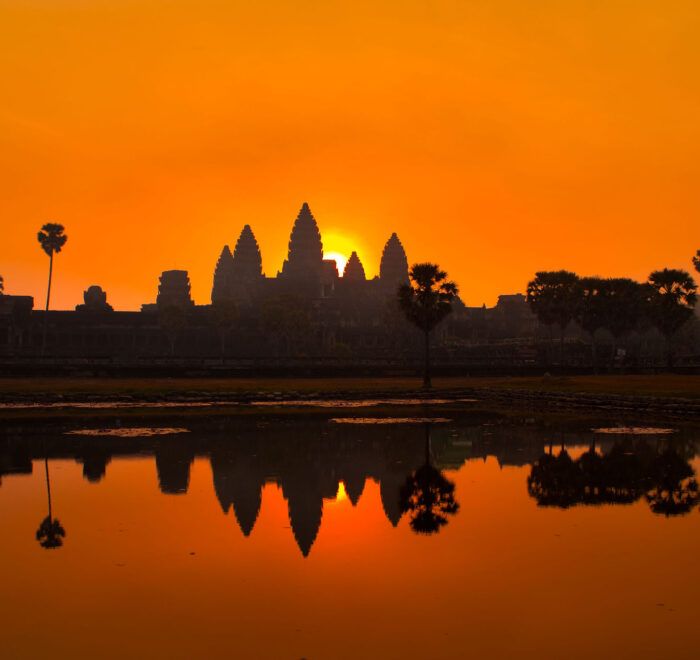No trip to Cambodia is complete without a visit to the spectacular UNESCO World Heritage Site of Angkor. Images simply can’t do justice to the incredible architecture, intricate carvings, pervasive spiritual atmosphere and sheer scale of the site, where over 100 temples built between the ninth and twelfth centuries are scattered over 3000 square kilometres of forest. It’s easy to spend several days wandering around Angkor, learning about life under different rulers and discovering the stories behind the carvings.
Sadly, Cambodia’s recent history has a much darker side, and various museums, memorials and harrowing burial grounds serve as a reminder of the atrocities committed by the Khmer Rouge between 1975 and 1978. Phnom Penh is the place to learn about this side of Cambodian history, but it is also where you’ll be most impacted by the optimistic, forward-thinking spirit of Cambodia’s people, who display an admirable resolve and openness.
Rural Cambodia is delightfully mellow, dotted with plantations and rice fields. Virgin forest, waterfalls and lakes provide the opportunity for walking, swimming and nature spotting. A new road has opened up the less-frequented regions of Ratanakiri and Mondulkiri, where you can enjoy an unspoilt landscape and learn about the many minority groups who reside here. Southern Cambodia is home to small colonial beach-side towns and tranquil beaches and islands, including the immaculate Koh Rong archipelago.

